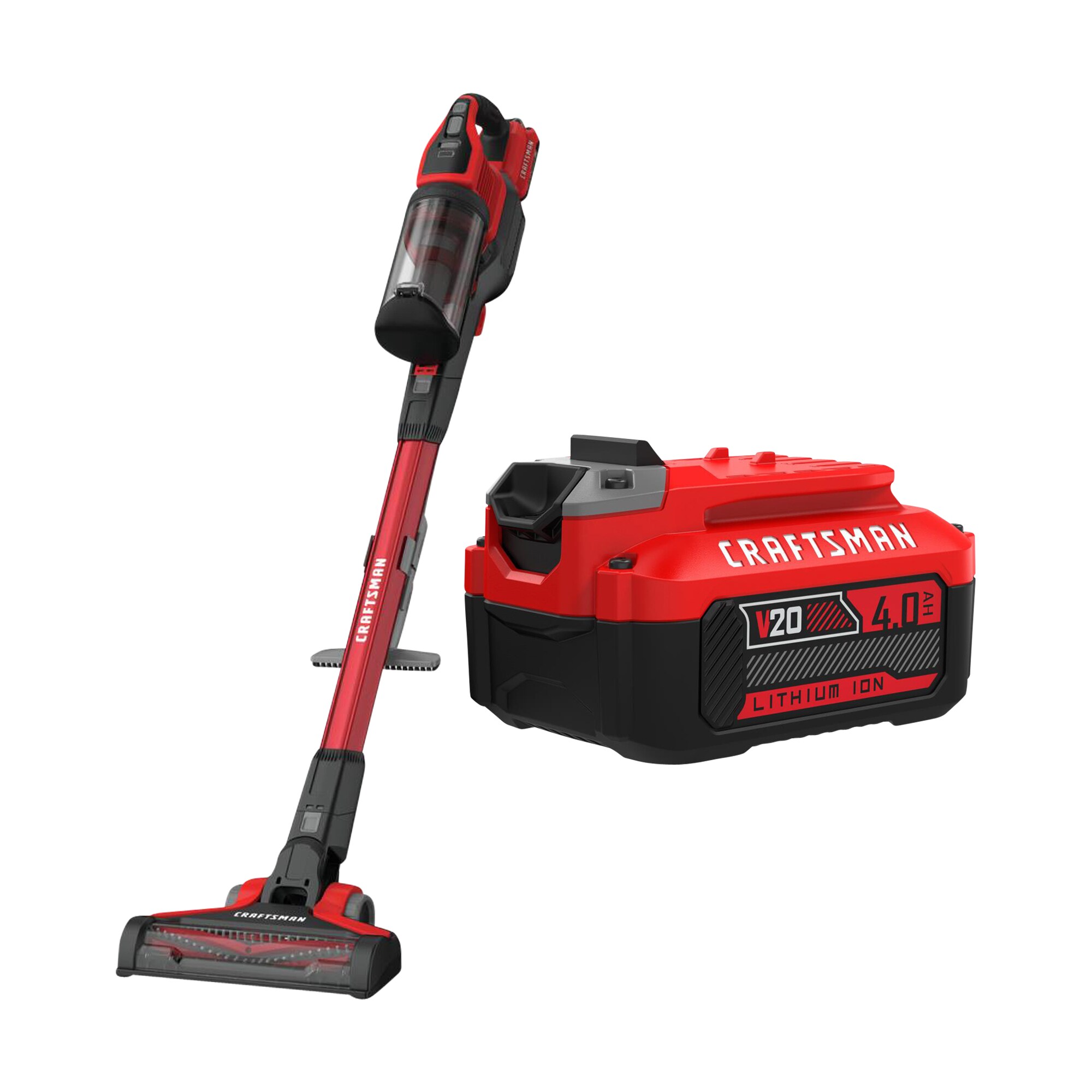Dealing with a messy workspace is a hassle, especially when you’re tangled in cords. Battery-powered shop vacs offer a solution. This guide covers everything about these cordless cleaners—from top models to key features like suction, battery life, and tank capacity. Whether you’re a DIY enthusiast, a car fanatic, or just need a quick cleanup tool, we’ll help you find the perfect battery-powered shop vac. Ditch the cords, embrace cordless cleaning!
Cordless Cleaning: Power Without the Plug
Remember wrestling with a corded shop vac? Battery-powered shop vacs change the game, letting you clean anywhere, anytime. This guide helps you choose the right cordless companion from the many options available. For a deeper understanding of home electrical systems, explore our selection of basic home electrical wiring books.
Choosing the Right Size and Power
First, consider your shop vac’s intended use. Quick car cleanups? A compact handheld might suffice. Larger messes in the workshop? A larger tank and higher voltage (for stronger suction) are probably better. Balance size and portability—don’t let a huge tank compromise maneuverability. If you’re considering renovating your bathroom, check out our bathtub to shower conversion kit.
Decoding the Specs: Voltage, Tank Size, and Runtime
When comparing models, key specs matter. Voltage indicates power—higher voltage likely means stronger suction. Tank size dictates debris capacity before emptying. But runtime—how long it cleans on one charge—is crucial, especially for bigger projects.
Features Beyond the Basics
Some battery-powered shop vacs are sold as “bare tools” (without battery or charger), ideal if you already own compatible cordless tools (DeWalt 20V MAX, Milwaukee M18, Ryobi ONE+). This saves money and reduces clutter. Other handy features include adjustable suction, a blower function (for leaves and debris), and specialized filters for fine dust.
Comparing Top Contenders
Ongoing research continually updates product offerings, but this table provides a snapshot of popular battery-powered shop vacs. Remember that features and availability can change, so do your research.
| Brand | Voltage | Tank Size (Gallons) | Key Features | Ideal Use Case |
|---|---|---|---|---|
| Greenworks | 40V | 3 | Accessories included | Large jobs, garage cleanups |
| Shop-Vac | 20V | N/A | Detachable Blower | Jobsite |
| JIENUO | 20V | 2.5 | Brushless motor, blower | Workshop, car detailing |
| LIGO | 20V | 2.64 | Blower, 4.0Ah Battery | All-around versatility |
| CRAFTSMAN | V20 | 2 | 7ft Hose | Workshop, garage |
| Milwaukee | 18V | 2 & 2.5 | M18 FUEL, PACKOUT | Professional use |
This table highlights key differentiators, providing a simplified overview. New models emerge constantly, so further research is recommended.
Real-World Performance: Beyond the Specs
Specs tell only part of the story. Consider noise level, maneuverability, weight, and balance – factors that impact your experience.
Making the Right Choice
Choosing a battery-powered shop vac involves understanding your cleaning needs, key specs, and essential features. Research and you’ll find the perfect cordless cleaning tool.
Are Battery-Operated Vacuums Any Good?
Cordless shop vacs have vastly improved. While top-tier corded vacs may still have a slight edge in power, a good cordless model, especially in the 1-2 gallon range, handles everyday messes effectively. The freedom of movement is a major advantage. Many cordless shop vacs are also wet/dry vacuums, adding versatility.
The upfront cost is typically higher for cordless models, and battery replacement adds to the long-term expense. Brands like Makita, Dyson, Shark, and Black+Decker offer reliable options. Research, compare specs, and read reviews to find your ideal cordless cleaning companion.
Key Considerations:
- Battery Life (Runtime): Crucial for uninterrupted cleaning. Interchangeable batteries are a plus.
- Suction Power (CFM & Water Lift): Higher numbers suggest better performance.
- Tank Size: Balance capacity with portability.
- Wet/Dry Capability: Useful for spills and wet materials.
- Weight and Portability: Essential for ease of use.
- Attachments: Expand versatility.
- Noise Level: Look for lower decibel ratings.
- Price: Balance features with budget.
Some research suggests that ongoing advancements in battery technology may lead to even more powerful and efficient cordless shop vacs in the future.
What Company Took Over Shop-Vac?
Shop-Vac abruptly closed in September 2020. GreatStar Tools USA acquired its assets in December 2020, reviving the brand and rehiring some employees. GreatStar, known for brands like Pony Jorgensen and Goldblatt, strategically expanded into the hardware market with Shop-Vac. They focused on rebuilding the distribution network, aiming to recapture market share.
The future holds possibilities for Shop-Vac under GreatStar. Perhaps we’ll see new battery-powered models, a renewed focus on innovation, or a return of classic models. The brand’s resurgence is a story of revival and potential.
What Are the Disadvantages of a Cordless Vacuum?
Cordless vacuums offer freedom, but battery life can be limiting, especially for larger homes. While suction power is improving, corded models often have an edge for deep cleaning. Maintenance, including filter changes and battery replacement, adds to long-term costs. Charging docks require dedicated space.
Ultimately, the choice depends on individual needs and priorities. Cordless vacuums excel in convenience and maneuverability, while corded models offer consistent power and lower maintenance. The development of new battery technologies may mitigate some of these drawbacks in the future.
- The Best Battery Picture Lamps for Effortless Artwork Illumination - April 1, 2025
- Double Sink Bath Vanity Tops: A Buyer’s Guide - April 1, 2025
- Bath Towel Measurements: A Complete Guide to Choosing the Right Size - April 1, 2025










